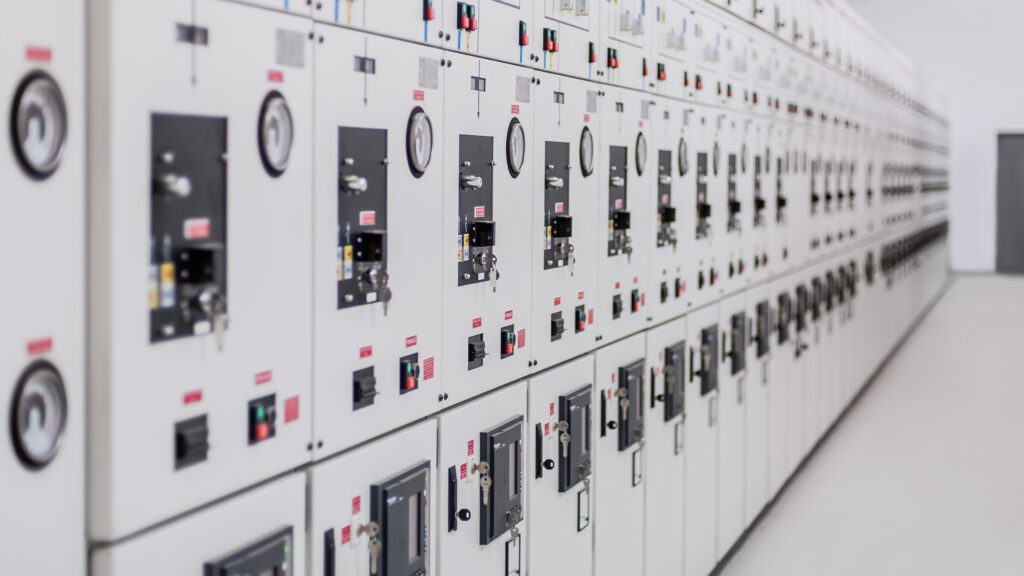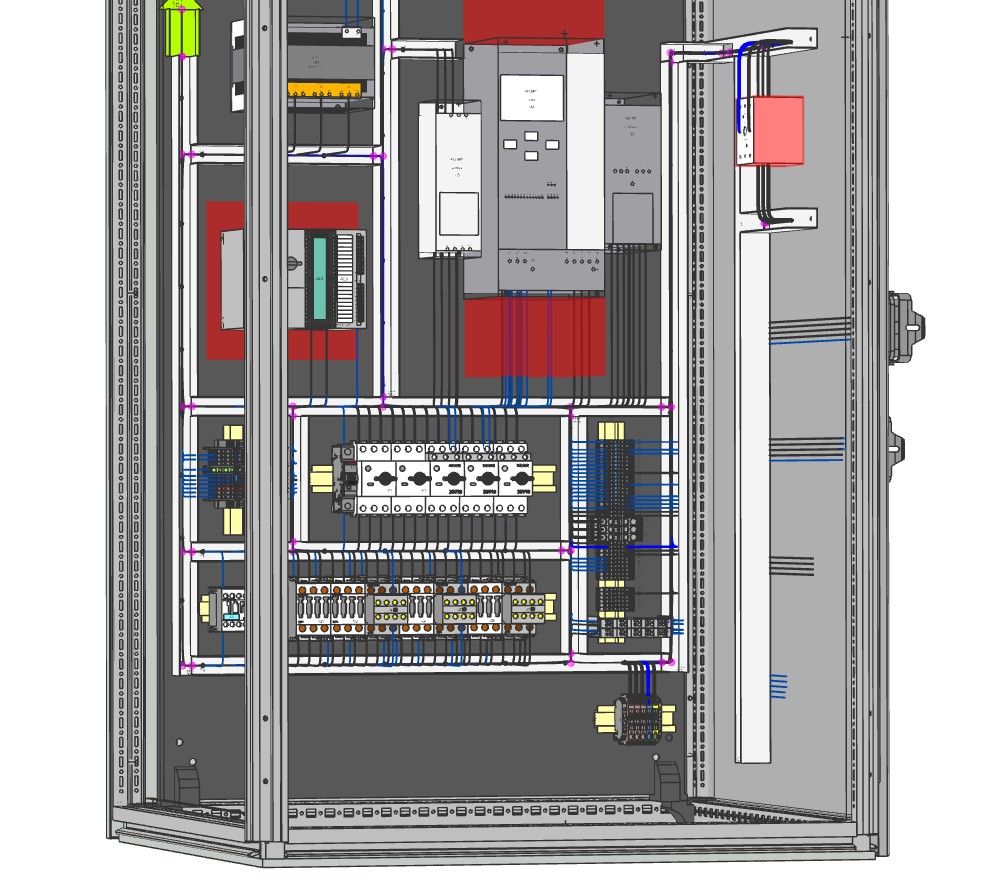Establishing Sustainability in Electrical Design
In electrical design, sustainability is no longer just a buzzword; it’s a pivotal shift in how we conceive, execute, and evaluate our engineering efforts. This blog post will highlight how sustainability in electrical design benefits the environment and catalyzes innovation, cost efficiency, and enhanced market position.
The Essence of Sustainability in Electrical Design
Sustainability in electrical design transcends the mere use of eco-friendly materials. It’s about a holistic approach that considers the complete lifecycle of a product, from conception through disposal. Moreover, this approach includes designing for longevity and reusability, minimizing waste, reducing environmental impacts, and adhering to rigorous environmental standards. The aim is to create products that meet current needs without compromising future generations’ ability to meet theirs.
Fundamental Principles of Sustainable Electrical Design
- Design for Longevity and Reusability: This principle emphasizes creating durable, maintainable, modular designs. It’s about seeing beyond the immediate utility to how a product can be reused or repurposed, thus extending its lifecycle and reducing the need for new materials.
- Reduction of Waste: Minimizing waste is a critical focus from the manufacturing process to the product’s end-of-life. The focus is mainly on reducing material and energy waste while leveraging software to aid with accurate material use calculations and defining efficient processes. Additionally, this practice includes designing for easy disassembly and recycling, reducing landfill contributions, and allowing material recovery and reuse.
- Environmental Impact Minimization: A principle that we should scrutinize every phase of a product’s lifecycle for its ecological impact. This comprehensive view enables designers to make informed choices that reduce the carbon footprint, pollution, and other adverse effects on our planet.
- Compliance with Environmental Standards: Adhering to established standards and regulations ensures that products are safe, efficient, and environmentally friendly. It also demonstrates a company’s commitment to sustainability, which can enhance its reputation and market position.
- Innovation for Sustainability: Leveraging cutting-edge technology and innovative design practices can uncover new ways to achieve sustainability goals. Moreover, this could mean utilizing smart technologies, optimizing design for reusability, or exploring novel materials that reduce environmental impact.

Transforming the Industry Through Sustainable Practices
The integration of sustainability in electrical design is reshaping the industry, fostering innovation, reducing costs, enhancing brand value, and ensuring regulatory compliance. Let’s investigate these transformative impacts:
Innovation and Competitiveness
Sustainable practices drive innovation, pushing industries to develop new technologies, materials, and methods. Furthermore, this innovation enhances competitiveness. Businesses leading in sustainability set industry standards and capture market share in emerging green markets.
Cost Reduction
Sustainable practices lead to significant long-term cost savings. We can lower operational and production costs by optimizing resource use and reducing waste. Moreover, these practices can mitigate risks associated with resource scarcity and volatile commodity prices.
Brand Enhancement and Market Position
A commitment to sustainability can significantly boost a company’s brand image and reputation. Thus attracting customers, investors, and employees who prioritize environmental responsibility. Additionally, this interest can lead to increased market share and customer loyalty.
Regulatory Compliance and Risk Mitigation
Proactively adopting sustainable practices helps industries anticipate regulatory changes and avoid potential fines or sanctions. It also protects companies from risks associated with environmental accidents or mismanagement.
Leveraging Software Tools for Sustainable Design
Software tools play a crucial role in sustainable electrical design. From CAD to simulation and energy analysis, these tools aid in material optimization, design efficiency, and compliance with sustainability standards. They enable engineers to simulate various scenarios, optimize designs for efficiency, and assess the environmental impact of their designs without the need for physical prototypes.

Software Tools in Action: Industry Examples
Many companies are utilizing software tools to promote sustainability in their operations:
- Zuken’s E3.series: We have heard from many customers how switching to an intelligent CAD system like E3.series has helped them reduce overall project costs and cut production times. Since using E3.series, they have increased their design efficiency by leveraging the built-in automation features and using design reuse and modular designs. They also use the advantage of direct exports to manufacturing equipment like cut, mark, strip machines, CNC machines, and railing cutting machines. Additionally, they utilized accurate wire length calculations to reduce factory labor and waste.
- Ansys Simulation Software: Wärtsilä Energy uses Ansys simulation software to simulate their energy storage solution, saving development time and reducing the need for physical prototypes. The simulation encompassed complex thermoelectric and electrochemical behavior, transient heat transfer, and system-wide performance validation, ensuring confidence in the design and operation while addressing customer-specific challenges.
- Komax’s Lambda 425 HPC: A Komax customer has shared a remarkable story about demonstrating efficiency in automating the production of FAKRA cable harnesses. Using the Komax machine, they reduced human resources and production time. Previously, the manual production process required five employees and took 25 seconds. Now, using Komax’s Lambda 425 HPC, it only takes two employees and reduces the processing time to around 11 seconds.
A Green Revolution in Electrical Design
The journey toward sustainability in electrical design is not just a trend; it’s a necessary evolution. As we’ve explored, the benefits are multifaceted, impacting innovation, cost efficiency, brand reputation, and compliance. By embracing sustainable practices, the electrical design industry can contribute to a healthier planet while securing its future in a rapidly changing world. As professionals in the field, our role is to champion these practices, driving the green revolution forward for the betterment of our industry.








